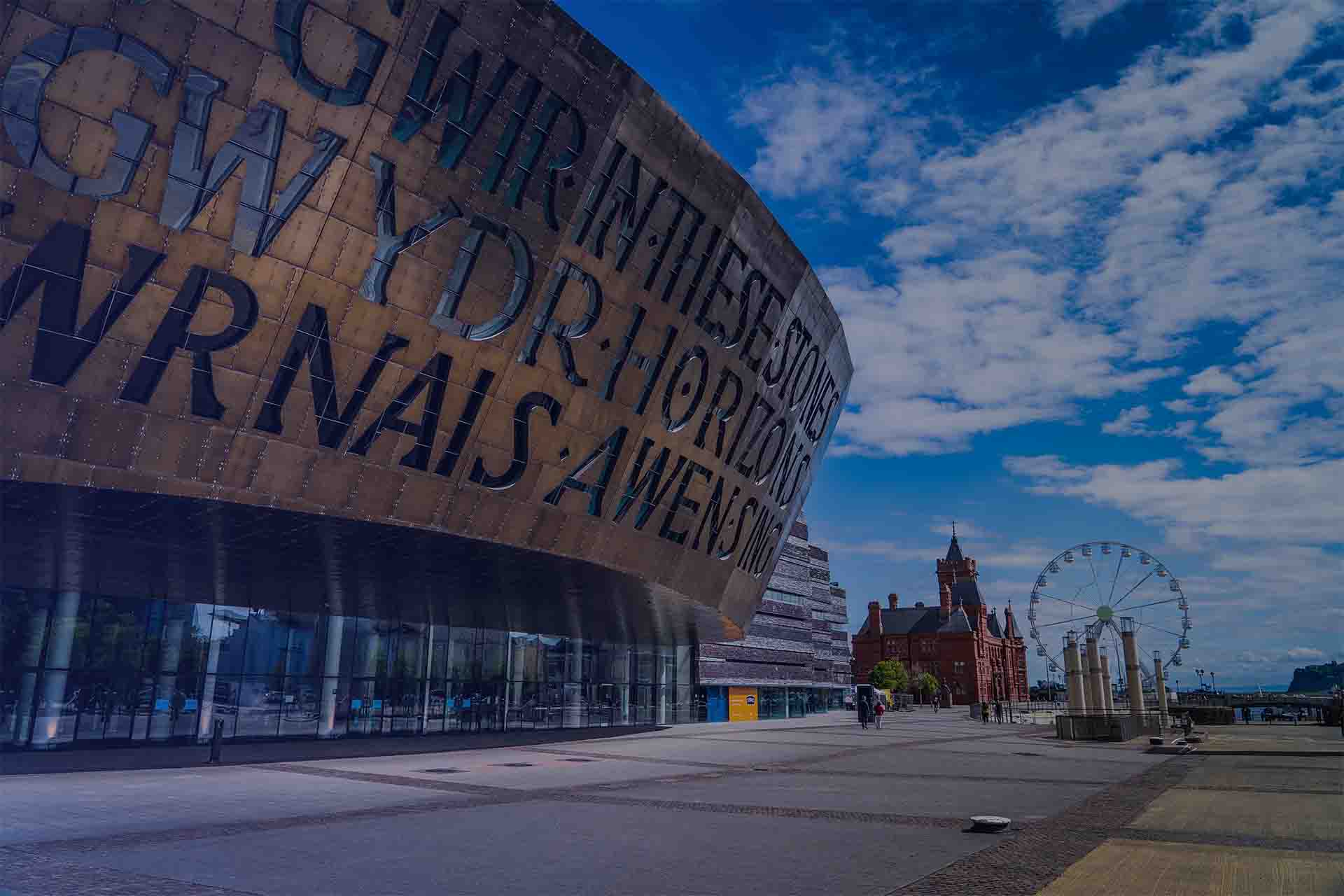This website uses cookies so that we can provide you with the best user experience possible. Cookie information is stored in your browser and performs functions such as recognising you when you return to our website and helping our team to understand which sections of the website you find most interesting and useful.


How radio advertising can help grow your business;
HIGH RETURN ON INVESTMENT
A radio ad can produce £7.70 revenue ROI for every one pound spent.
COST EFFECTIVE
The cost to advertise on radio is generally low, allowing you to buy more audience impressions for your money than any other medium.
EFFICIENTLY TARGETED
A radio ad can be targeted by station type, age, social grade and region.
SHORT LEAD TIMES
Ideal for the promotion of last minute advertising messages to your local region.
EASY MEDIA INTEGRATION
Placing a radio ad alongside other media can enhance an overall campaign performance.
HIGH IMPACT
A radio ad can deliver an average cost per thousand (CPT) of £1.54. Out of home delivers an average CPT of £3.03.

The UK’s No.1 Hit Music Station
Capital South Wales is the UK’s No.1 Hit Music Station, playing the biggest hits from the hottest hit music artists, broadcasting across Cardiff, Newport and beyond.
With its national breakfast show, large-scale events such as Capital’s Summertime Ball and Jingle Bell Ball, its laser-focus on hit music and all-fresh presenter line-up, Capital nails its youth proposition

Why Capital South Wales
We focus on boosting brand awareness, delivering strong ROI and getting you the most out of your marketing budget.
Our stations carry different interests and as a result different audiences. Choosing the right station for your brand can be the difference between a successful campaign or not.
We use targeting tools that focus on people’s passions, motivations and mindsets. Allowing you to reach our audience in the moment.
Contact

